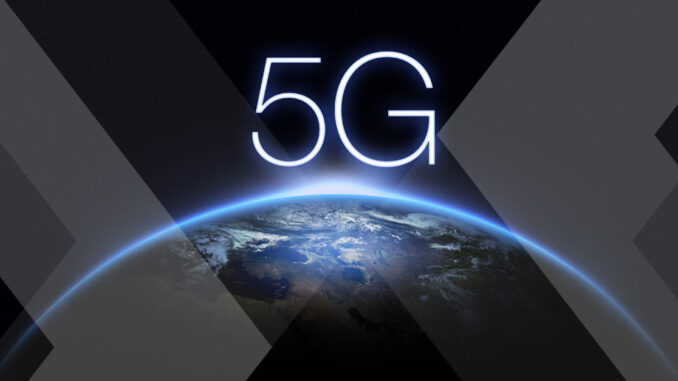
5G technology is indeed revolutionizing real-time data sharing across various sectors by significantly enhancing bandwidth, reducing latency, and increasing connectivity. Here are some key aspects of how 5G is transforming real-time data sharing:
Increased Data Rates: 5G networks can provide speeds up to 10 Gbps, which is significantly faster than previous generations. This allows for the rapid transmission of large data sets, making real-time sharing more feasible.








Higher Capacity: 5G can support a greater number of devices concurrently, making it ideal for data-intensive applications like IoT (Internet of Things) where multiple devices need to communicate simultaneously.
Near-instantaneous Communication: 5G technology can reduce latency to as low as 1 millisecond, which is critical for applications that require real-time interaction, such as autonomous vehicles, remote surgeries, and gaming.
Improved Responsiveness: With lower latency, data sharing becomes much more responsive, which is essential for applications that depend on immediate feedback and interaction.
Seamless Connectivity: 5G can connect millions of devices per square kilometer, facilitating the growth of smart cities and interconnected IoT ecosystems. This enables real-time data sharing between devices, systems, and infrastructures.
Smart Infrastructure: Real-time monitoring and data sharing enhance the efficiency of services in smart cities, including traffic management, energy consumption, public safety, and emergency response.
Telemedicine: 5G enables high-quality video consultations and real-time sharing of medical data between patients and healthcare providers, improving accessibility to care.
Remote Surgery: With ultra-low latency, surgeons can perform operations using robotic systems from remote locations, relying on real-time data feeds.
Real-time Analytics: In manufacturing, 5G allows for real-time data analytics and monitoring, enabling predictive maintenance and operational efficiencies.
Collaboration Tools: For remote work, 5G enhances video conferencing and collaboration tools, allowing teams to share information fluidly and efficiently regardless of location.
Immersive Experiences: The high speed and low latency of 5G enable smoother and more immersive AR and VR experiences, whether for gaming, training simulations, or virtual meetings.
Real-Time Interaction: Users can share and interact with data in real-time, enhancing learning and engagement in various fields.
While 5G brings substantial benefits for real-time data sharing, there are challenges, including:
Infrastructure Investment: Implementing 5G requires significant investments in infrastructure and technology upgrades.
Coverage Limitations: While urban areas may see rapid 5G deployment, rural regions may lag behind, creating disparities.
Security Concerns: Increased connectivity raises concerns about data security and privacy, necessitating robust cybersecurity measures.
5G technology is fundamentally reshaping how data is shared in real-time, enabling advancements across industries and enhancing connectivity. As the technology continues to roll out globally, its full potential can spur innovations that we are only beginning to imagine.


Leave a Reply